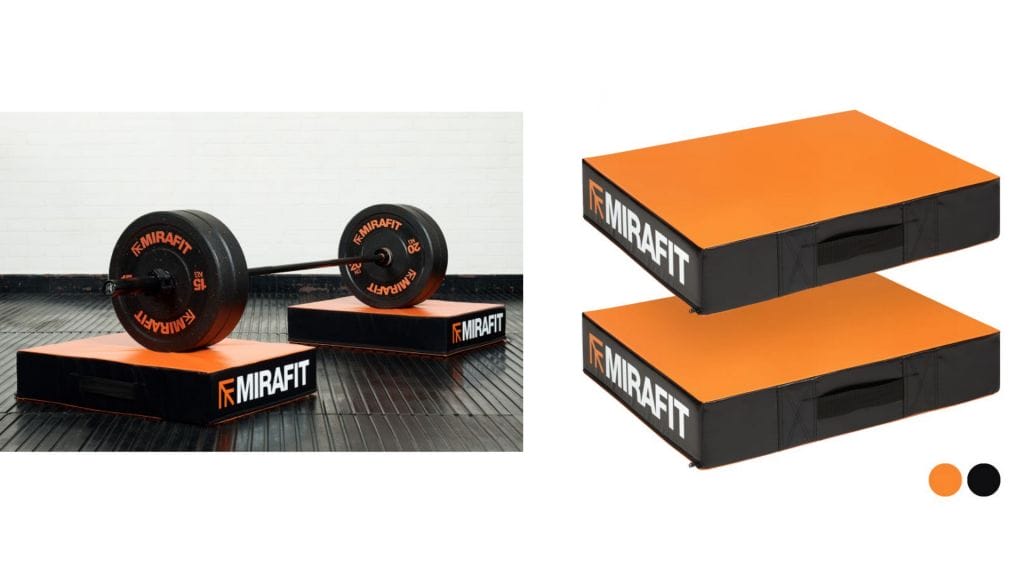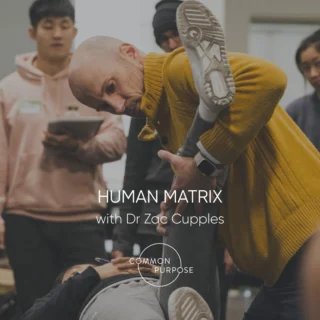Have you Identified your Space?
First thing’s first…find your space. Be it a spare room, garage, basement, garden or simply an area in your living room, assess the amount of space you have and go from there.
We believe that if you can lie down flat, roll side to side and stand up with hands above your head, you have enough space for an effective workout.
It goes without saying, before buying anything make sure you have enough available square footage for it (and appropriate storage if needed…more on that later).
How Permanent Will It Be?
The permanence of your home gym should be the next thing to consider. Can you dedicate a room or area to keep equipment in for good, or are you going to have to move things around and “set up” your workout space on the fly, then have to store them away afterwards?
If the area is going to be permanent, you’ll be able to invest in more fixed, heavy-duty structures such as rubberised flooring, as well as ceiling or wall fixings and any other heavy objects which are difficult to move on your own.
If your area is going to be a “pop up” space, then light, versatile and portable equipment will be needed.
What Are Your Goals?
Your goals will dictate your home gym needs! For example, if you’re just starting out, or your goals are general health or weight loss, just the bare essentials should be enough.
If you have more advanced goals such as strength/power/cross-training/muscle gaining or specific performance goals, you may need specialised equipment to meet your required needs.
What’s Your Budget?
Like most things, the sky’s the limit when it comes to the price of gym equipment! We believe that investing in high quality, reputable brands is really important when it comes to buying gym equipment. View this as a one-time investment, which will stand the test of time!
If these criteria are met, the equipment is well made and functions properly, it’s unlikely that you’ll need them to be top of the line or even brand new (unless you want them of course!).
Start From The Ground Up
As you’re going to be throwing weights around and getting up and down off the floor, it’s important to provide protection for your existing flooring, as well as comfort for yourself.
If you need your floor protection to be light and portable. Invest in a thick, durable roll out mat, ideally non-slip. Please don’t lift on a yoga mat, they’re too delicate. Look for rubber mats that are about 7mm thick (GXMMAT are good for example).
 Tiago
Tiago

















